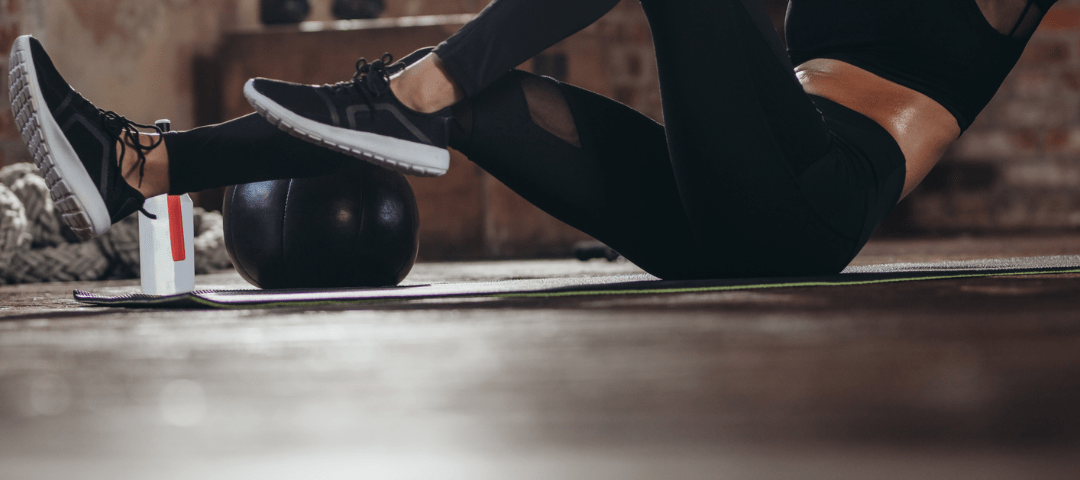Tips on Core Stability and Plank Exercises

Strongest Bones of the Body
March 11, 2024
What is Frozen Shoulder?
March 20, 2024Core Stability and Plank Exercises
The core is more than just a visual six-pack; it encompasses a variety of muscles responsible for trunk movement and stabilizing the spine in a neutral position. This includes the well-known core muscles such as the rectus abdominis, transverse abdominis, and spinal erectors, but also the latissimus dorsi, quadratus lumborum, diaphragm, gluteus muscles and others.
Dr. Deryk Harting, a talented chiropractor at one of the highest rated auto injury medical care companies in the Tampa Bay area, discusses variations of plank exercises designed to enhance core stability. Plank exercises are some of the best exercises to improve core strength and stability. These types of exercises are pivotal in both rehabilitation and performance contexts. Their goal is to improve biomechanical performance, reduce low back pain, and build muscular endurance.
The core’s primary function is to stabilize the spine, limiting rotation, and vertebral displacement. While passive stabilization is provided by structures like intervertebral discs and ligaments, active stabilization by muscles can be increased through exercises. Having a strong and stable core acts as the bridge between the hips and shoulders, facilitating the transfer of force and power between the lower and upper extremities. In many sports and day to day life, power generated in the hips is transferred through the core as seen in a baseball swing or lifting heavy objects.
A weak core can lead to a host of problems including poor posture and neck, shoulder, knee, or hip pain. However, the most significant issue arising from core weakness is low back pain. The core plays a crucial role in stabilizing the spine before and during any movement. If the core is weak then abnormal spinal movement may occur leading to muscular compensation, strain, spasm, pain, and possible injury.
To maximize the effectiveness of plank exercises and reduce potential discomfort, it is essential to avoid these common mistakes:
- Collapsing the Lower Back: Engage the core by pulling the belly button towards the spine and rotating the pelvis forward to prevent compromising the lower back.
- Pushing Butt to the Sky: Maintain a flat back in the plank position, ensuring engagement of the entire core without dipping the hips too low or sagging the low back.
- Letting the Head Drop: Keep the head and neck in line with the back to maintain proper form and prevent strain. The body should resemble a stiff, straight board when viewed from the side.
- Forgetting to Breathe: Avoid holding your breath during planks to prevent dizziness and nausea. Try taking frequent and small sips of air deep into the stomach.
- Focusing Too Much on Time: Prioritize form over duration, taking breaks when necessary to maintain proper alignment.
Beginner Plank Variations:
- Front Plank with Both Knees Bent: Ideal for beginners or during rehabilitation, this pose provides additional support to the lower body, making it a safe starting point. Start by lying on the floor with elbows under shoulders, lift the body using arms and knees, keeping a straight posture, and engaging the stomach and gluteal muscles. Focus on maintaining a straight body, engaging the stomach and gluteal muscles.
- Front Plank with One Knee Bent: Offering stability while still engaging core muscles, this variation is suitable for those uncomfortable with the full front plank. Start the same as exercise 1 above but extend one knee and place the toes on the floor while keeping the other knee on the floor.
- Front Plank Full: The classic front plank involves supporting the body on hands and elbows with toes on the floor, holding a static pose with tight abs and glutes. Start by lying face down and resting on your forearms then lifting your body by contracting the abs and glutes. Aim for 10 seconds initially and slowly increase time.
Advanced Plank Variations:
- Front Plank with Legs Lifts: Lift each leg alternately while in the front plank position to intensify the workout.
- Front Plank with Arm Extension: Balancing on one arm, lift each arm alternately to emphasize shoulder muscles and core stability.
- Front Plank on a Swiss Ball: Introduce instability by assuming a plank position on a Swiss ball, engaging core, and shoulder muscles to maintain balance.
Incorporate these variations progressively to ensure a well-rounded approach to core training and enjoy the benefits of improved posture, reduced pain, and enhanced athletic performance.
— This article is written by Deryk Harting, DC, one of the members of Chambers Medical Group’s team of car accident chiropractors who offer a variety of treatments and therapies ranging from diagnostic testing to various soft tissue therapies for car accidents and injuries in Florida.
- Car Accident Medical Clinic in Tampa
- Car Accident Medical Clinic in Plant City
- Car Accident Medical Clinic in Brandon
- Car Accident Medical Clinic in Lakeland
- Car Accident Medical Clinic in Sarasota
- Car Accident Medical Clinic in Louisville
- Car Accident Medical Clinic in Lexington
- Car Accident Medical Clinic in Florence




